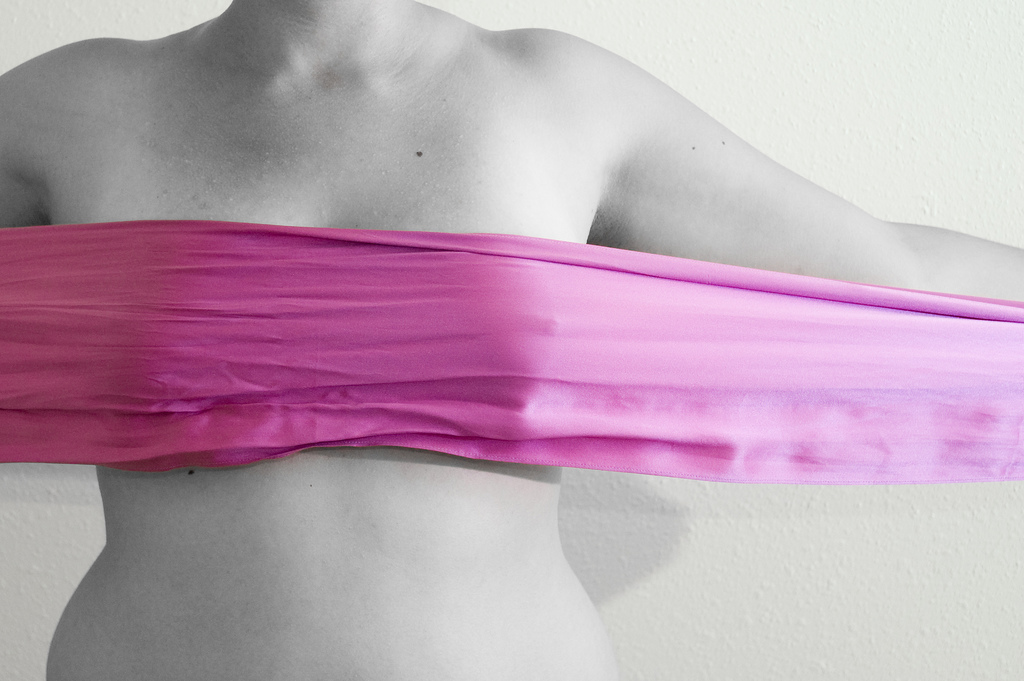It’s October, which means that my local hardware store is offering a discount to shoppers who wear pink, Allegiant Airlines is selling pink drinks and police officers across the country are donning pink badges, all the name of “breast cancer awareness.” Also known as “pinkwashing,” these pink ribbon awareness campaigns allow people to feel like they’re doing something, without having to think too deeply about the sober facts about breast cancer. Breast cancer screening has failed to reduce the incidence of metastatic disease, and it’s unnecessarily turned healthy women into cancer patients (more on that below).
If you find a lump or something weird in your breast, absolutely get it checked out. In those instances, a mammogram is a necessary diagnostic tool. But screening mammograms — those done when you have no symptoms — have never been shown to decrease overall mortality and may cause tangible harms. For these reasons, I’ve chosen to opt out of mammography, and I based my decision on statistics and science.
For answers to some common questions about the limits of breast cancer screening, see this post I wrote in 2013. I’ve written about the shortcomings of screening for close to 20 years now, and I’m tired of writing the same stories. But since I first wrote the post below in October of 2015, I’ve watched a lot of friends get called back for more tests after a screening mammogram found something that ended up not to be cancer, and those experiences were surprisingly stressful and life-disrupting.
**
Before I begin, a disclaimer: I’m sick of writing about mammography. It feels like groundhog day — I’ve been writing the same damn story, over and over and over again, for nearly 15 years. This is at least the fifth time I’ve written a LWON post about mammograms. (See also: Breast cancer’s false narrative, The real scandal: science denialism at Susan G. Komen for the Cure®, FAQs about breast cancer screening, and Breast cancer’s latest saga: misfearing and misplaced goalposts.)
So why I am I writing about mammograms again? Because even though I just published a story at FiveThirtyEight explaining why science won’t resolve the mammogram debate and a feature at Mother Jones asking how many women have mammograms hurt? (the answer is millions) the harms of mammography continue to be ignored or mischaracterized in the media. Every time this happens, I get letters from people asking me to please clarify this point again. Just this past week, a New York Times editorial penned by two breast radiologists and a breast surgeon declared, “Let’s stop overemphasizing the ‘harms’ related to mammogram callbacks and biopsies,” while an op-ed in the Washington Post titled, “Don’t worry your pretty little head about breast cancer” claimed that, “the idea that anxiety is a major harm doesn’t have much scientific support.” (In fact, at least one study has found long-term consequences from a false alarm.)
What both of these opinion pieces miss and what too many women still don’t know is that while 61 percent of women who have annual mammograms will have a callback for something ultimately declared “not cancer,” this isn’t the most damaging problem. Such false alarms are more devastating than they might seem (I can’t think of another recommended medical test with such a high false positive rate), but most women would probably gladly accept this risk in exchange for a reasonable chance to prevent a cancer death.
Here’s the bigger problem: screening mammography has failed to reduce the incidence of metastatic disease and it’s created an epidemic of a precancer called DCIS. The premise of screening is that it can find cancers destined to metastasize when they’re at an early stage so that they can be treated before they turn deadly. If this were the case, then finding and treating cancers at an early stage should reduce the rate at which cancers present at a later, metastatic stage. Unfortunately, that’s not what’s happened.
Continue reading






